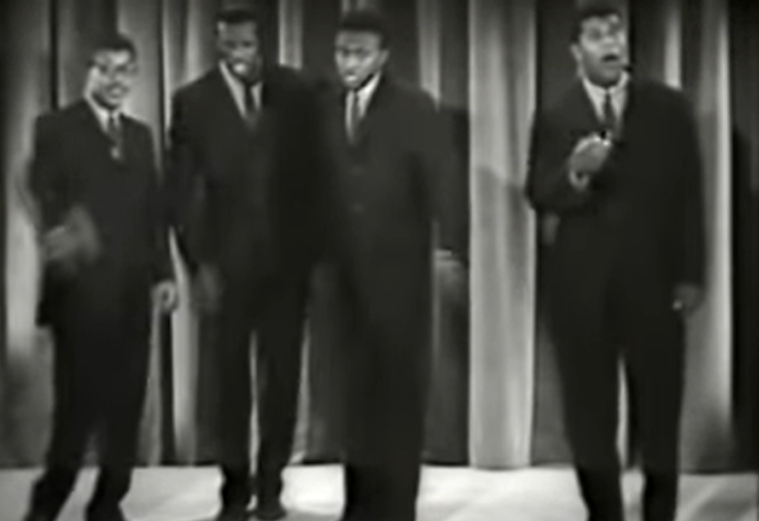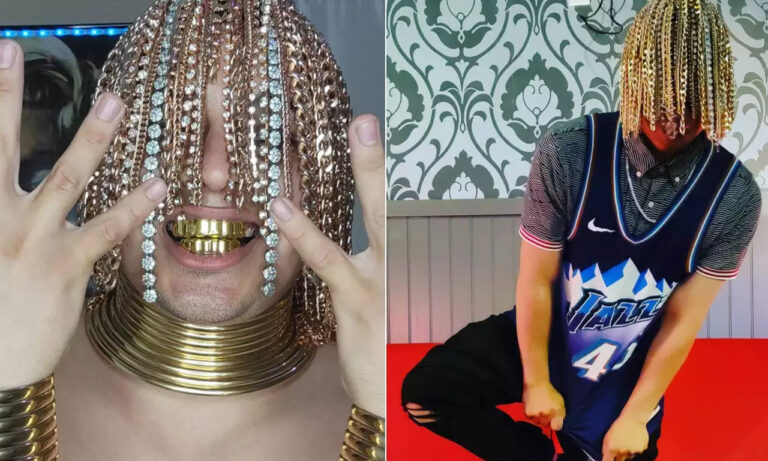Picture brain teasers offer a unique and engaging way to challenge your mental and visual acuity. Unlike traditional puzzles or riddles, these teasers involve images with hidden clues that require a sharp eye and logical thinking to solve. They are not only an entertaining activity to engage in during your free time but also a method to improve cognitive abilities such as problem-solving, critical thinking, and even creativity. Whether you’re looking for a fun distraction or a way to sharpen your mind, picture brain teasers are an excellent choice.

Now, let’s turn our attention to the image in this puzzle.
At first glance, the image appears to show several matches scattered in front of a reflective object (which seems to be a lighter). The challenge is to determine how many matches are actually in the picture.
The image is designed to trick your mind by incorporating both real and reflected objects. What you see initially are several matches lying on the surface. But, upon closer inspection, you will notice that the lighter’s reflection creates an illusion that makes it difficult to determine the exact number of matches.
- Visible Matches: In the image, you can clearly see five matches placed in front of the lighter.
- Reflected Matches: When you observe the reflection in the lighter, you will notice another set of matches. However, only three matches in the reflection seem to be emerging beyond the surface, while two matches are only visible as part of the reflection.
Thus, the total number of matches is eight: five in the real world and three that extend beyond the reflective illusion.
The trick behind this puzzle lies in the reflection. Your brain naturally tries to process the entire image as a cohesive whole, which includes both the actual objects and their reflections. The illusion created by the reflective lighter adds complexity to what initially seems like a simple task. The puzzle challenges your ability to separate real objects from illusions.
This kind of visual brain teaser requires not just attention to detail but also an understanding of how reflections work in relation to light and angle. By examining the reflection carefully, you can distinguish the real from the reflected, leading you to the correct answer.
There’s a reason why picture brain teasers have stood the test of time. They offer an interactive and visual challenge that taps into multiple cognitive functions. The moment you figure out the trick behind the image is both rewarding and stimulating, which encourages continued engagement with similar puzzles.
- Practice Regularly: The more you solve, the better you’ll get. As with any skill, regular practice can help improve your visual recognition and problem-solving abilities.
- Pay Attention to Detail: Often, the solution to these puzzles lies in the smallest of details. Training your brain to look for those subtle hints can significantly improve your ability to solve them.
- Think Outside the Box: Don’t be afraid to explore unconventional solutions. Many picture brain teasers rely on creative thinking and abstract interpretation.
Picture brain teasers like this one serve as both an entertaining pastime and a cognitive workout. They test your ability to focus, pay attention to detail, and think creatively. In this specific puzzle, the challenge lay in distinguishing between real objects and their reflections—a classic trick that keeps your brain engaged. So, next time you’re looking for a fun way to pass the time and sharpen your mental skills, try diving into more picture puzzles!
This one may have seemed tricky at first, but now you know the secret: The total number of matches is eight. How many more picture brain teasers can you solve?





